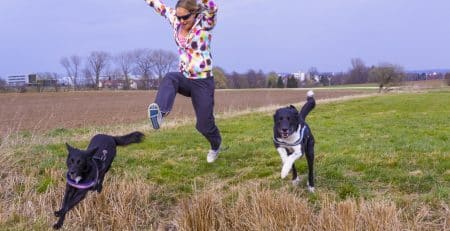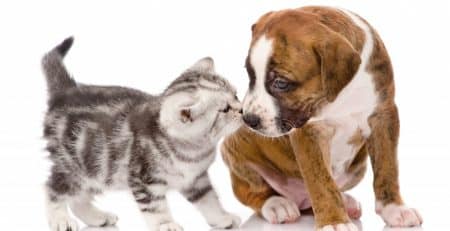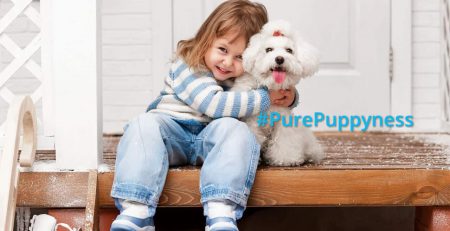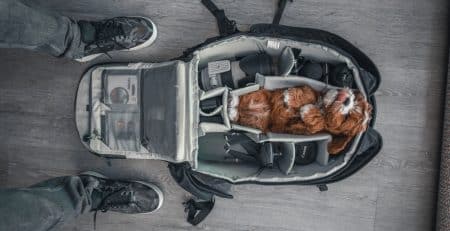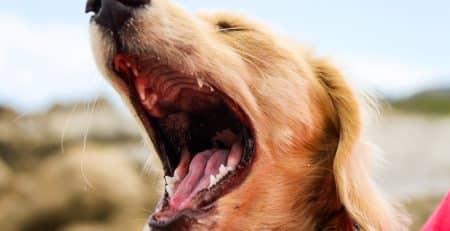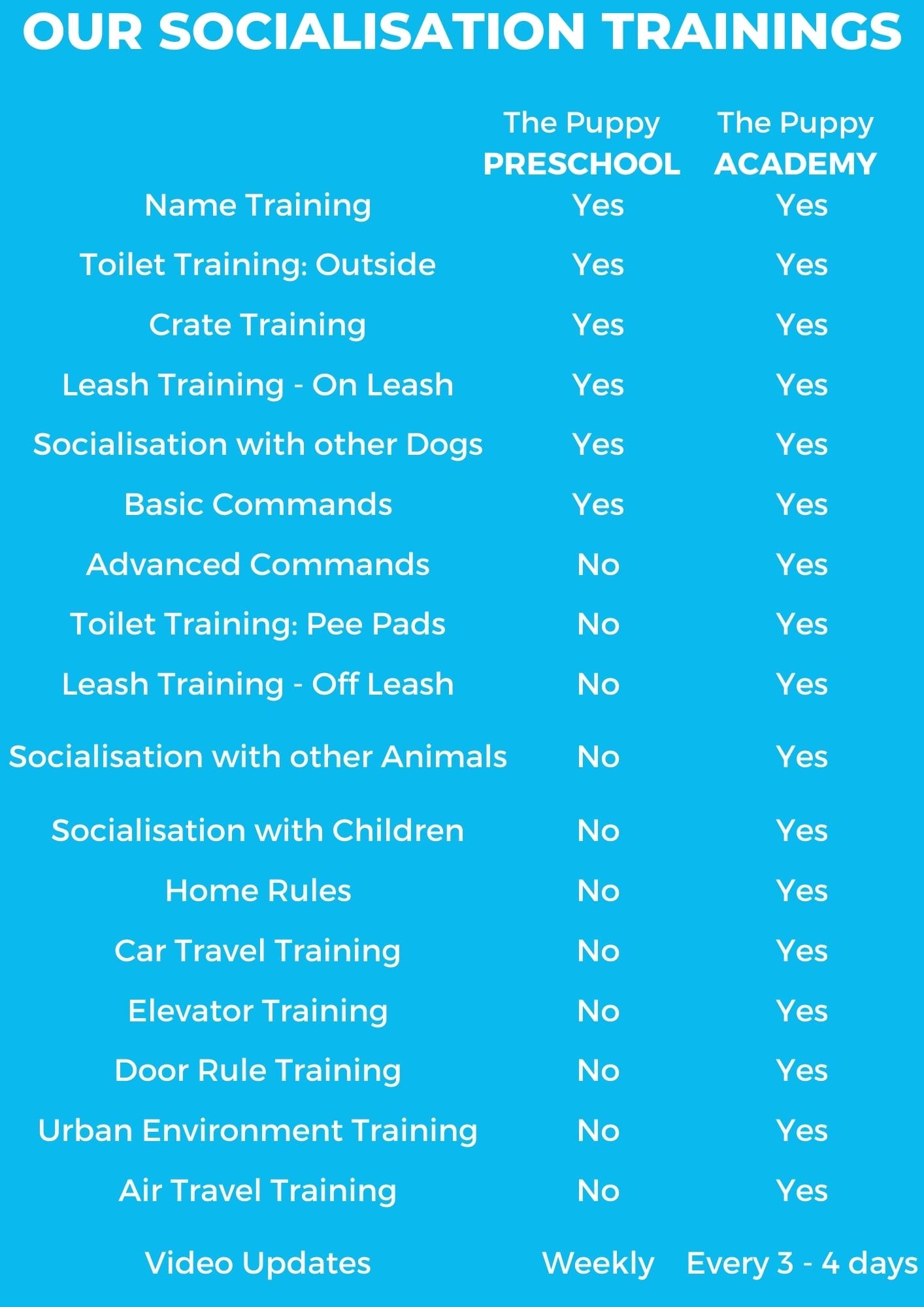Giant dog breeds
What makes a dog “giant”?
Giant dog breeds are BIG. They are typically tall and often broad breeds that weigh over 45kg, like the Great Dane or Mastiffs. Size is an advantage when it comes to chasing prey, guarding a home, or rescuing travellers in the snow. Dog breeding as a hobby took off in the late 19th century, and breeders focused on breeding for extremes; for giant breeds, that meant “bigger is better”!
Living with a Giant Dog
Despite their size, most giant breeds are quite gentle, friendly dogs. That calm, gentle personality also makes training straightforward. Once they’ve grown past the puppy years, the average giant breed dog does not need much exercise, and will be happy going for a few walks a day. In their youth they can be quite awkward and clumsy, and can accidentally knock over objects (and people!).
Giant dogs are slow to mature, and do not reach full size until they are two to four years old. Proper training and socialisation is vital, as you don’t want an enormous dog playfully jumping up on people. You’ll need to carefully teach your giant dog proper manners, such as walking on a loose leash, and politely greeting people and dogs.
Proper nutrition is very important for giant breeds. It’s important to stop them from growing too quickly at a young age, as this can lead to orthopaedic problems later on. If puppies grow too quickly, they are at risk of developing Osteochondritis Dissecans, a condition where the cartilage does not attach properly to the bones. Luckily you can buy specially formulated foods design for giant breed puppies and adults. A giant breed puppy should gain approximately 1.8kg per week.
Exercise is important, but needs to be done carefully. Giant breeds’ skeleton won’t mature properly until the dogs are between eight to twelve months old. This means that running and jumping on hard surfaces at a young age can cause health problems later in life. You may also need to carry your puppy up and down steps, or use a ramp, until their bones mature: not the best choice if your house has lots of staircases.
Health
Sadly, giant dogs tend to have poor health. They have the shortest life expectancy of any dogs: most will only live to eight or nine years, and the last years may be difficult due to medical issues. Compared to smaller dogs, they age rapidly. Preventative care at a young age will help to a point, but you should be aware that your beautiful big puppy will grow up and age in a few short years.
Common health problems for giant dogs include:
- Hip dysplasia
- Elbow dysplasia
- Osteoarthritis
- Panosteitis
- Hypothyroidism
- Bloat (gastric dilation volvulus)
- Dilated cardiomyopathy
- Wobbler syndrome
- Cranial cruciate ligament injuries
- Susceptibility to infections
Neutering a dog can be beneficial, but with giant breeds, you may need to wait until they are more mature. Neutering these breeds when they are older can help reduce the incidence of diseases such as osteosarcoma (a type of bone cancer). Your vet can advise you at what age to neuter your dog. You may also wish to invest in a gastropexy (where the stomach is surgically attached to the abdominal wall) to prevent your giant dog from developing bloat.
Top Ten Giant Dog Breeds
Great Dane: The Great Dane often appeals to those who wish to impress. This breed is a gentle giant; despite their size, they are very friendly dogs. Great Danes aren’t particularly active and are surprisingly comfortable in apartments, although they may accidentally knock things over due to their size.
Irish Wolfhound: Bred to hunt game, the Irish Wolfhound has the typical lean build of a sight-hound. They are the tallest breed of dog, with a shaggy coat, long legs, and a gentle expression. Quiet and intelligent, the Irish Wolfhound has a sweet, sensitive nature that makes the breed a wonderful companion. You’ll need to give your Irish Wolfhound gentle, controlled exercise until they reach physical maturity, as they are prone to joint problems.
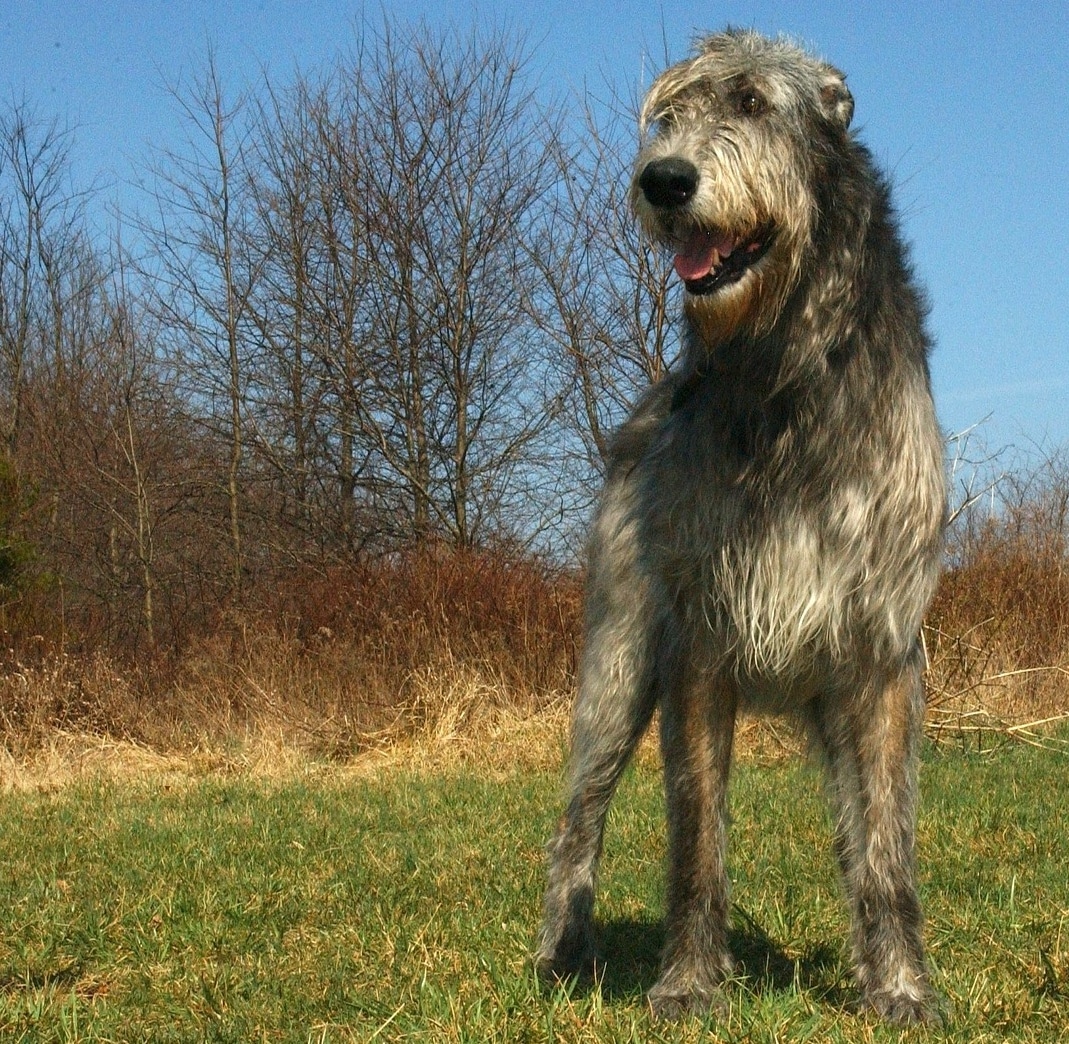
Tibetan Mastiff: Bred for life in the mountains, the Tibetan Mastiff has a thick double coat, complete with feathering on the legs, and a big bushy tail. The Tibetan Mastiff is easy to house train and is intelligent, but can be difficult to train due to their stubbornness. As adults, Tibetan Mastiffs tend to be calm and quiet. They are very loyal and even tempered; however, they tend to be territorial.
Saint Bernard: Famous in folklore for saving travellers in the snow, and in pop culture for the “Beethoven” film, the St Bernard is an enormous dog that originated in the Swiss Alps. The St Bernard can have short or long fur, with a typical red and white pattern. Playful and sweet, the St Bernard is a great family dog if properly socialised. As they are prone to drooling, this is not a dog for those squeamish!

Newfoundland: Bred to aid fishermen, the Newfoundland is as happy in the water as on land. These huge fuzzy dogs love children, acting almost like babysitters. They can be messy dogs, as that thick coat tends to collect dirt and mud – and that’s not to mention the drooling! On the plus side, the Newfoundland is a quick learner and if you start training them from a young age, you will be impressed at their intelligence.
Bull Mastiff: Bred to guard estates, the Bull Mastiff is a large, solid dog with a short muzzle and floppy ears. Although powerful, the Bull Mastiff is surprisingly sensitive. They need to be trained properly, as they are natural guardians and will not hesitate to defend their family. Be aware that, as a brachycephalic breed, the Bull Mastiff is very sensitive to heat, and should be kept in a cool place on hot days.

Leonberger: Named for the city where they originated, the Leonberger is a German working breed. They have a thick double coat, with a striking black mask marking, and strong differences between the sexes: the females are slimmer, while the males are stockier. Calm and confident, the Leonberger makes an excellent family pet, though good training and socialisation are essential for this giant dog.
Caucasian Mountain Dog: This furry giant was originally bred for guarding homes, herding livestock, and protecting them from predators such as wolves and bears. These dogs definitely need early training and socialisation to teach them good manners. The Caucasian Mountain Dog can be headstrong, but luckily these dogs aren’t too energetic.

Giant Schnauzer: If you love giant dogs but have allergies, the Giant Schnauzer could be the dog for you. Their wiry coat sheds very little, though they do need regular grooming. Giant Schnauzers are feisty, strong-willed dogs, and need calm but firm handling. They make brilliant companions, so long as you can give them the exercise that they need. Giant Schnauzers are amongst the best guard dogs.
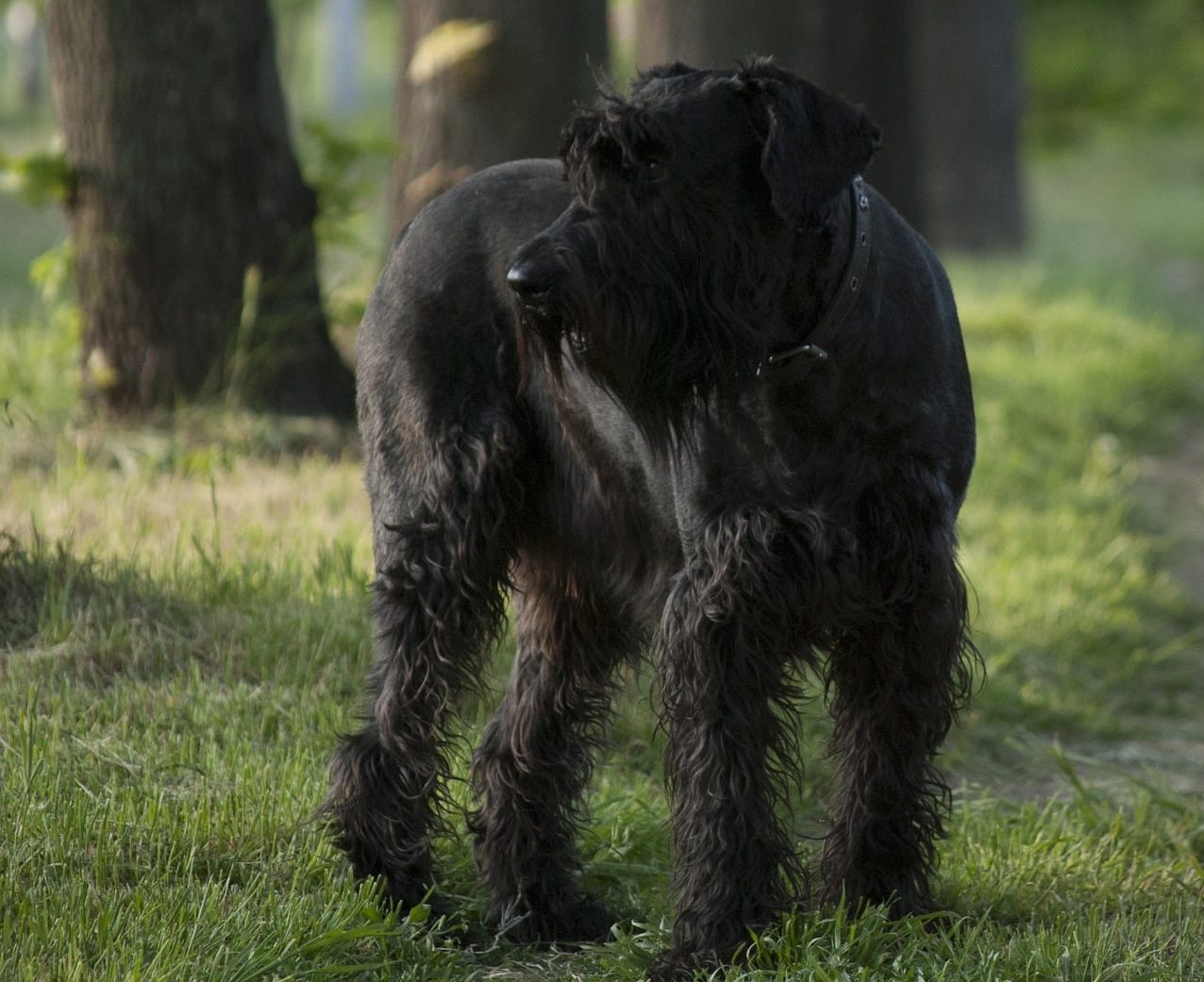
Borzoi: This Russian dog was bred for hunting and coursing. These slim sight-hounds are athletic, quiet, and despite their huge size, sensitive. The Borzoi is both intelligent and independent, and can be tricky to train as they easily grow bored with repetition.







